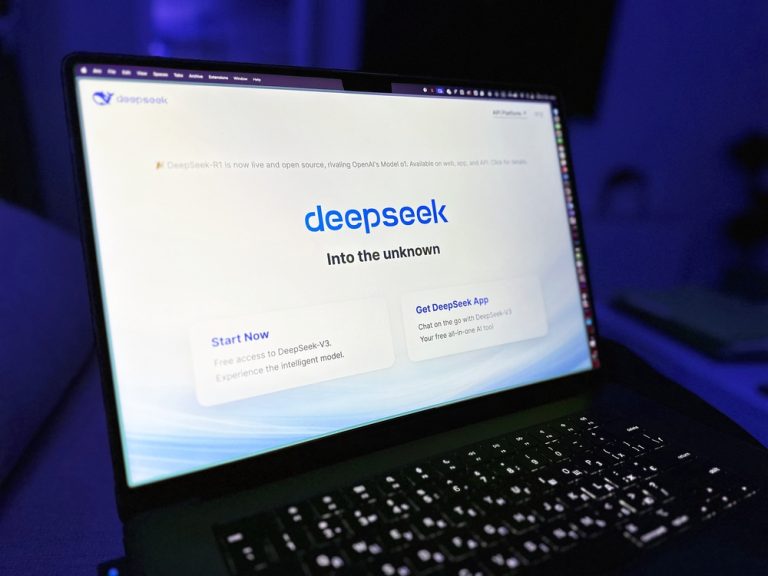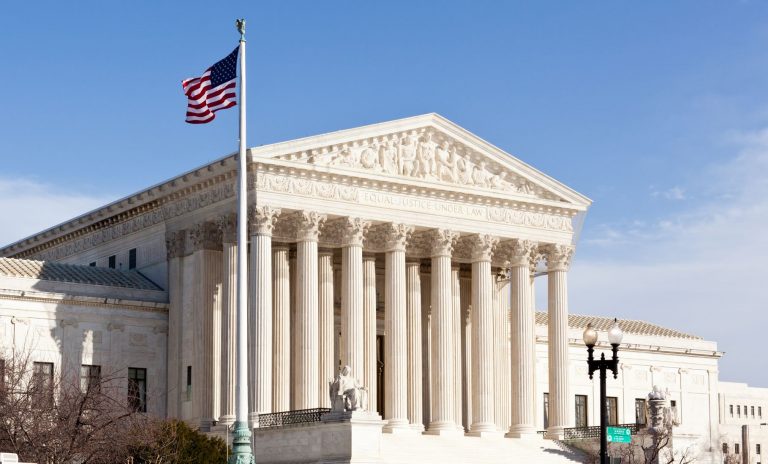WARNing for Employers: Worker Adjustment and Retraining Notification Act during COVID–19 Pandemic
WARNing for Employers: Worker Adjustment and Retraining Notification Act during COVID–19 Pandemic
Guidance on Compliance with the WARN Act
The Worker Adjustment and Retraining Notification Act (“WARN”) protects workers, their families and communities by requiring most employers with 100 or more employees to provide notification sixty (60) calendar days in advance of plant closings and mass layoffs. However, employers should bear in mind that WARN makes certain exceptions to the requirements of advance written notice, which normally would provide workers with a grace period to adjust to the prospective loss of employment, to secure alternate employment, or in some scenarios, to enter skill training or retraining that will allow these workers to compete successfully in the job market. Such exceptions include when layoffs occur due to unforeseeable business circumstances, faltering companies, and natural disasters.
What is a mass layoff?
A mass layoff means a reduction in force that is not the result of a plant closing and that results in an employment loss at a single site of employment during any 30-day period for (1) at least 33% of the employees and at least 50 employees (excluding part-time employees) or (2) at least 500 employees (excluding part-time employees). 29 U.S.C. § 2101(a)(3).
Exceptions to the WARN Act:
- Unforeseeable Business Circumstances. An employer closing or mass layoff is caused by business circumstances that were not reasonably foreseeable as of the time that notice would have been required. 29 U.S.C. § 2102.
- Natural Disasters. An employer closing or mass layoff is due to any form of natural disaster, such as a flood, earthquake, tornado, hurricane, drought, or similar effects of nature. Id.
- Faltering Company. An employer was actively seeking capital or business that, if obtained, would have enabled the employer to avoid or postpone the shutdown and the employer reasonably and in good faith believed that giving the notice required would have precluded the employer from obtaining the needed capital or business.
Does COVID-19 qualify as an exception to the requirements of the WARN Act?
The Coronavirus pandemic may qualify as an unforeseeable business circumstance exception under the federal WARN Act. However, the applicability of this exemption depends on the size of the employer, the number of employees affected, and the jurisdiction. When publicly questioned on the notice requirements of WARN in the wake of the coronavirus pandemic, the Department of Labor stated that government mandated closings may constitute an unforeseeable business circumstance to which reduced notice applies. However, employers should bear in mind that even if the unforeseen business exception applies, an employer is still required to give as much notice as practicable and at that time shall give a brief statement of the basis for reducing the notification period. 29 U.S.C. § 2102(b)(3).
Additionally, the natural disaster exception might be applicable to the coronavirus outbreak, in which case no notice is required of an employer. While pandemics are not necessarily similar to floods, earthquakes or droughts, they do share one characteristic: they are deemed national emergencies. On March 14, 2020, the Federal Government declared COVID-19 as such, which might be evidence to trigger the exception. The Center for Disease Control has stated that the first infections were linked to a live animal market. Moreover, while not definitive, a recent examination of the virus’s genome sequence may suggest a link to bats, strongly suggesting the pandemic is—indeed—an effect of nature. If all the foregoing comes to fruition, then employers may be exempt from the notice requirements altogether under the natural disaster exception.
As always, the RumbergerKirk COVID-19 Task Force will continue monitoring the evolving landscape of COVID-19’s impact, and keep our clients updated to navigate this crisis together.
[1] Dong, et. al., Genomic and protein structure modelling analysis depicts the origin and infectivity of 2019-nCoV, a new coronavirus which caused a pneumonia outbreak in Wuhan, China, bioRxiv (Jan. 22, 2020), at https://www.biorxiv.org/content/10.1101/2020.01.20.913368v2. The information contained in this article is a preprint and has not yet been certified by peer review.
This article was published in the Summer 2020 issue of Florida Restaurant & Lodging Magazine.









